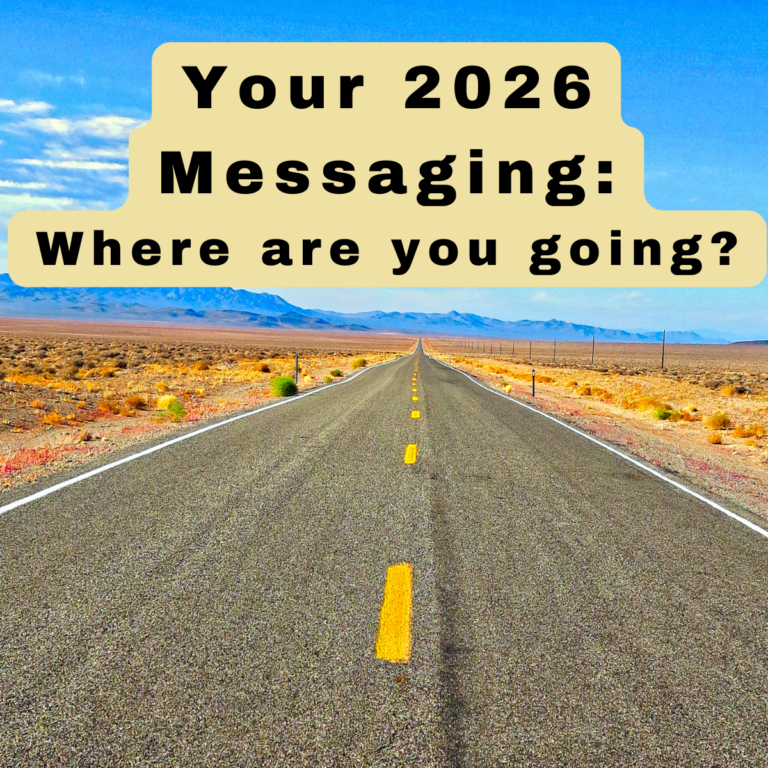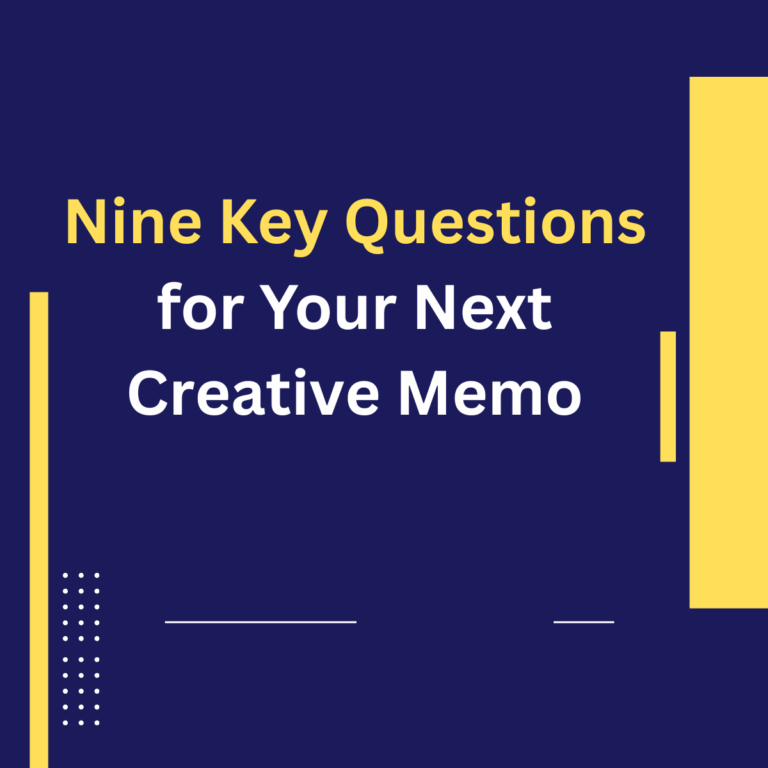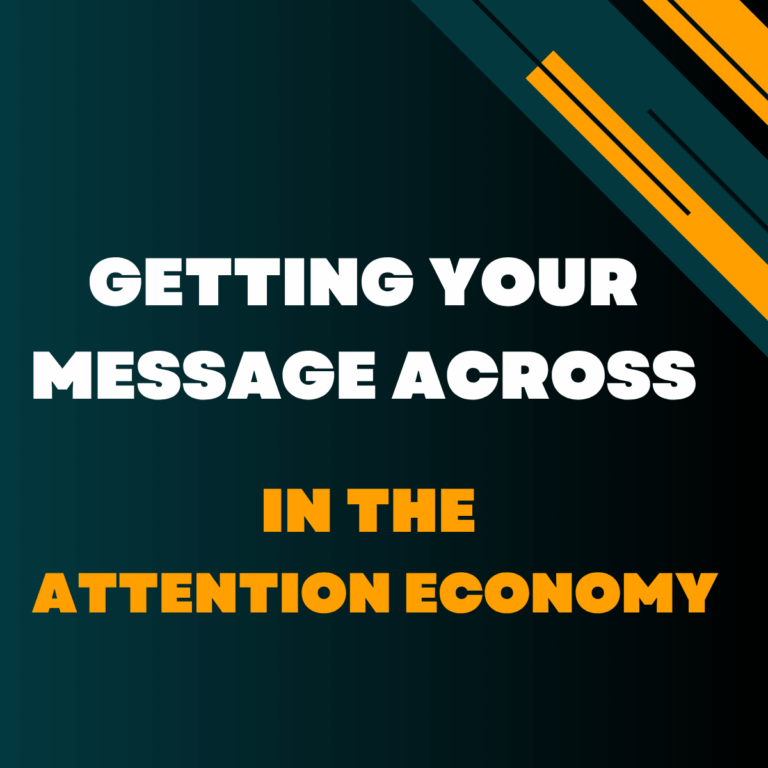Top 20 Copywriting Do’s and Don’ts
#1.

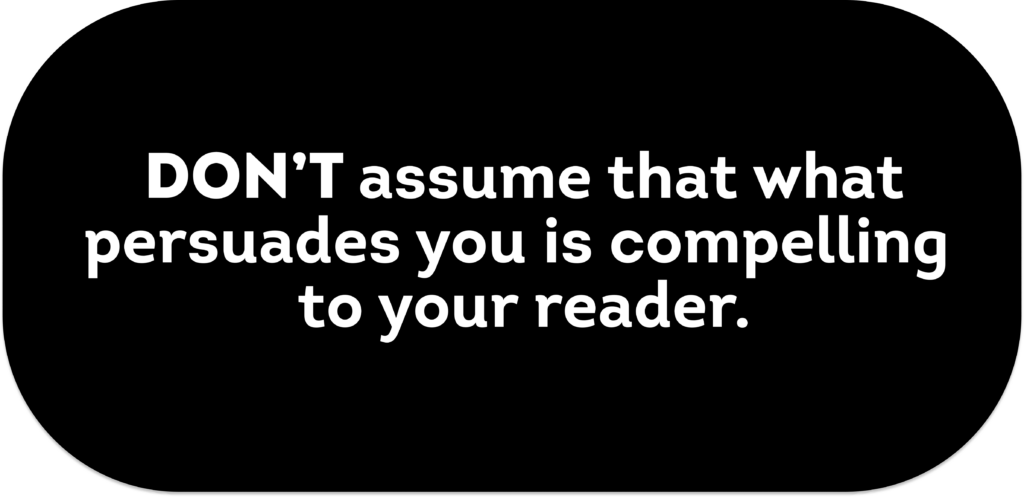
Who are you creating content for? What excites and energizes them? What worries and annoys them? What makes them tick?
The better feeling you have for your reader, the more likely you are to connect. And whatever you do, don’t fall into the easy assumption that what works for you works for them.
#2.
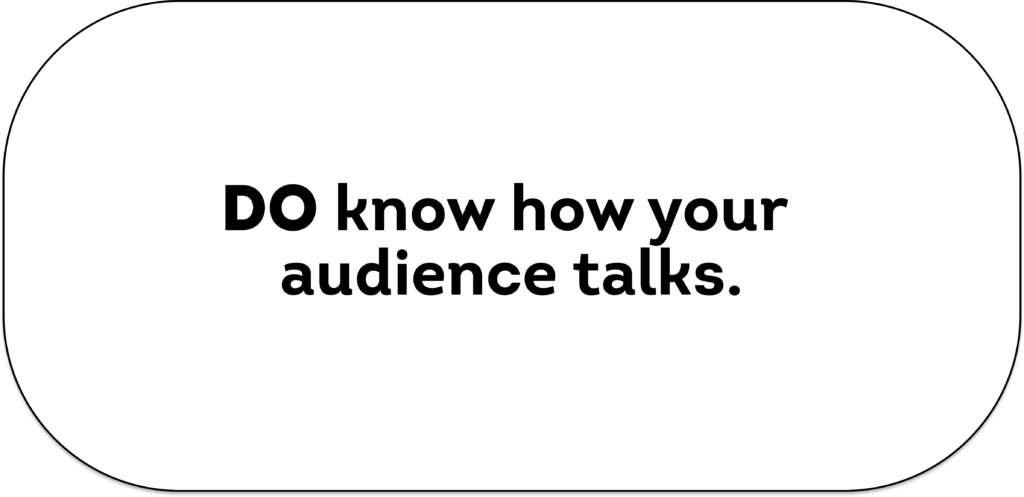

This one hits close to home for me (Maddie) because I’ve moved across the world from Australia to the US. Every day, I notice differences in local language nuances. In Australia, we walk on the “footpath” and it’s the “sidewalk” in America. I write for organizations in different parts of the world, so I need to remember how the locals talk in my copy.
#3.


In the nonprofit space, we deal with sensitive and heavy subjects on a daily basis. But the reality is that many of our supporters find our most challenging work difficult to contemplate. We have to balance knowing what people can handle (because we don’t want them to feel so much pain that they turn away) with showing them the truth of the problem they can help solve.
#4.

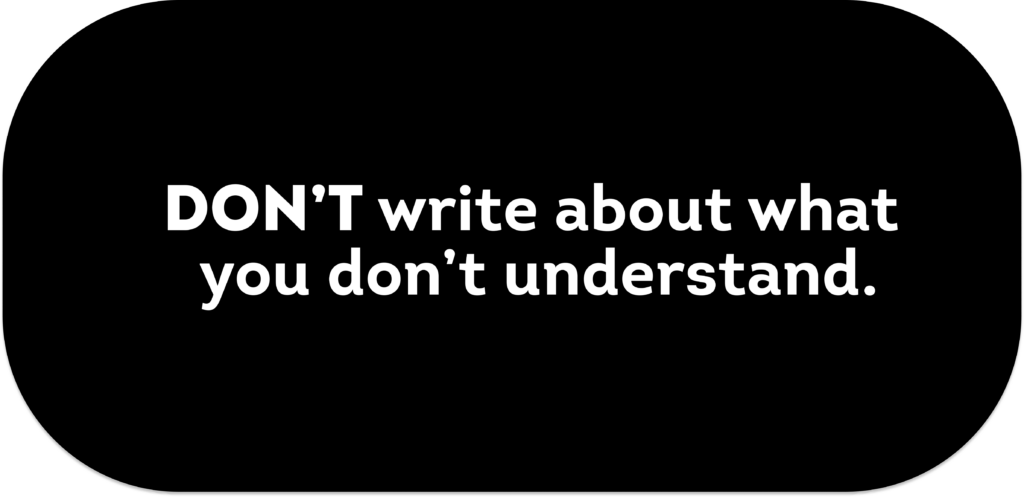
Commercial marketers call it “deep product knowledge” and it’s essential to persuasive messaging. In nonprofit terms, it translates to having a thorough understanding of a group’s mission, its work, and how it seeks to have an impact.
It doesn’t work if you only have just the info you need to write the message at hand. The real test is whether your understanding is complete enough to recognize opportunities to persuade and pitfalls to avoid.
#5.
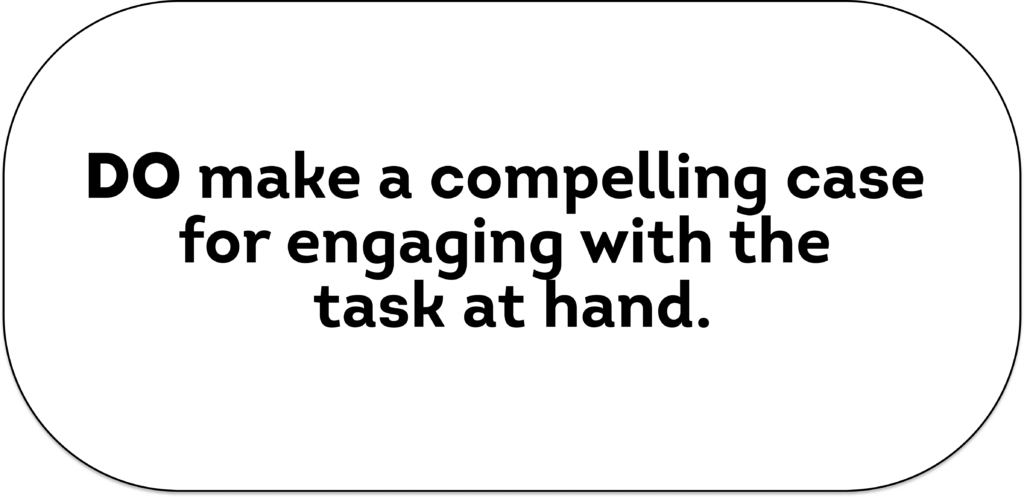
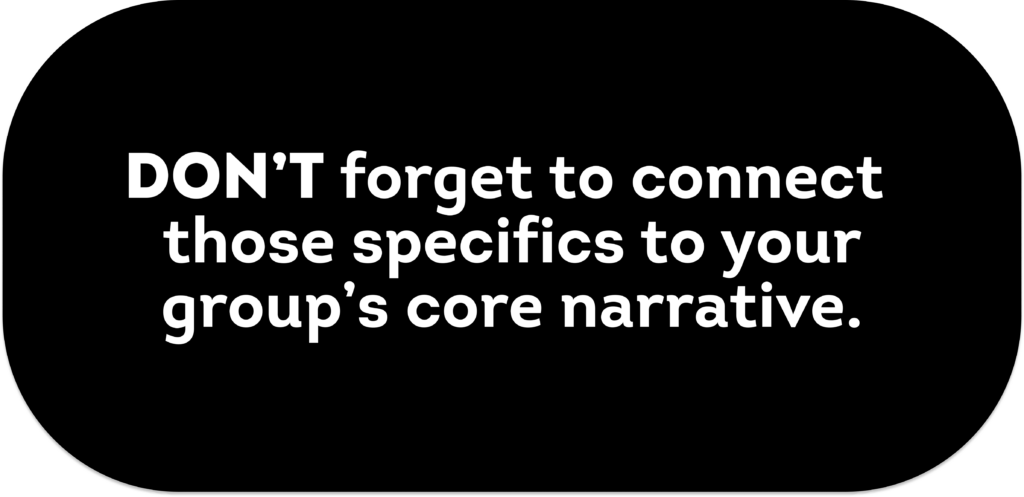
Every message you send should do two things. First, of course, offer emotionally engaging arguments for the reader to act on the specific task at hand. But just as important, deepen the reader’s understanding of and connection to your group’s core narrative.
Make sure your copy both speaks to the moment and reinforces your group’s storyline.
#6.
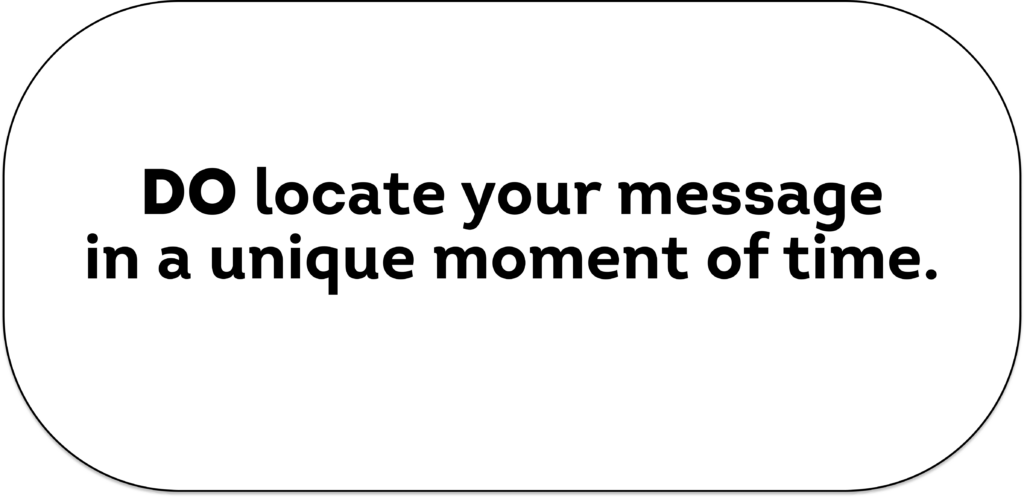
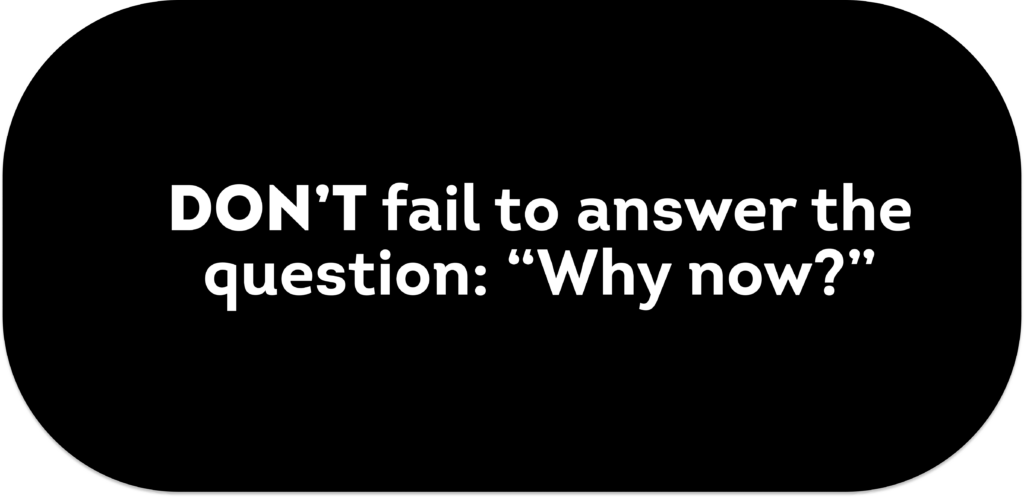
Why now? The more connected a message is to a specific moment in your work and in the life of your reader, the more likely it is to be effective.
And, in the inverse, the easier it is to defer a request to a later time, the more likely it is to actually be deferred. Before sending it, review your message and see if you’ve done all you can to answer the “Why now?” question.
#7.
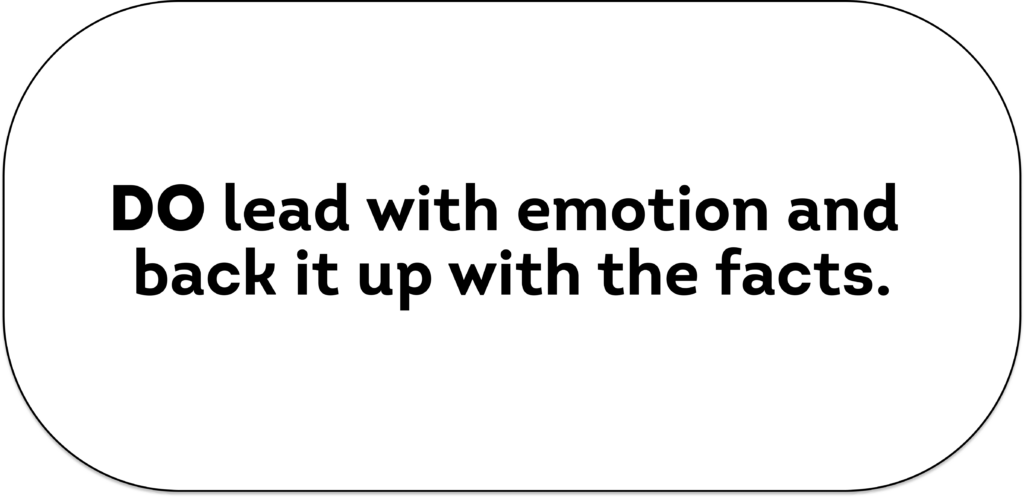
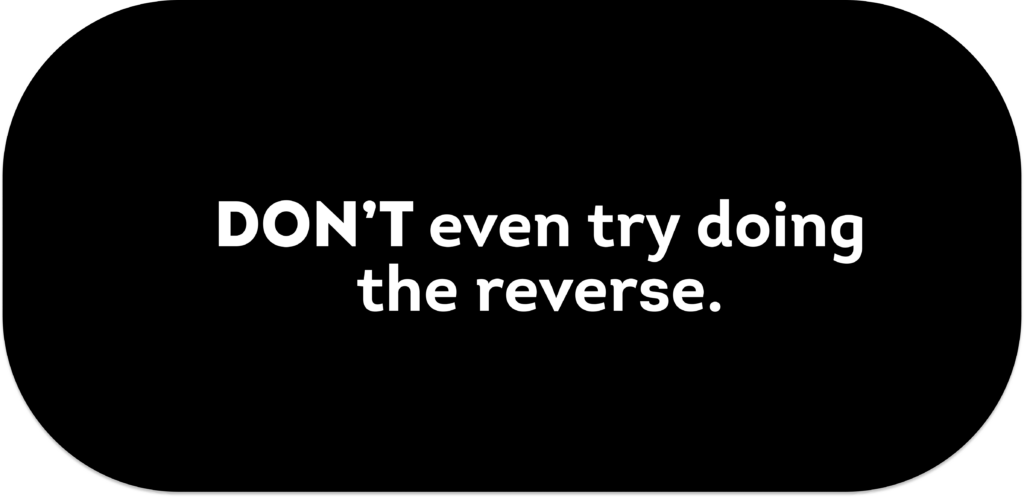
Here’s how story coach Lisa Cron puts it “Feel first. Think second … If I ask you to think about something, you can decide not to. But if I make you feel something? Now I have your attention.”
People make decisions based on emotion and “gut feeling.” Leading with emotion and backing it up with facts works. Leading with facts and trying to add in emotion later doesn’t.
#8.
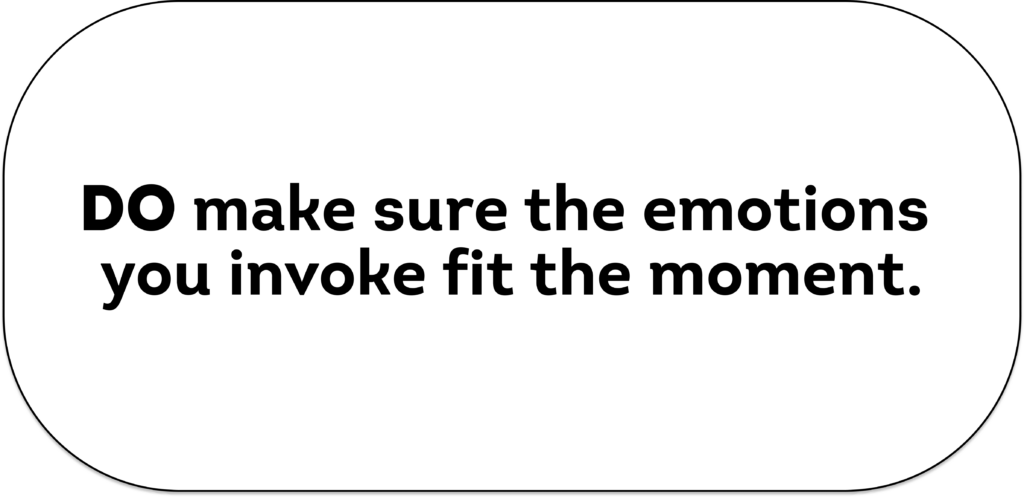
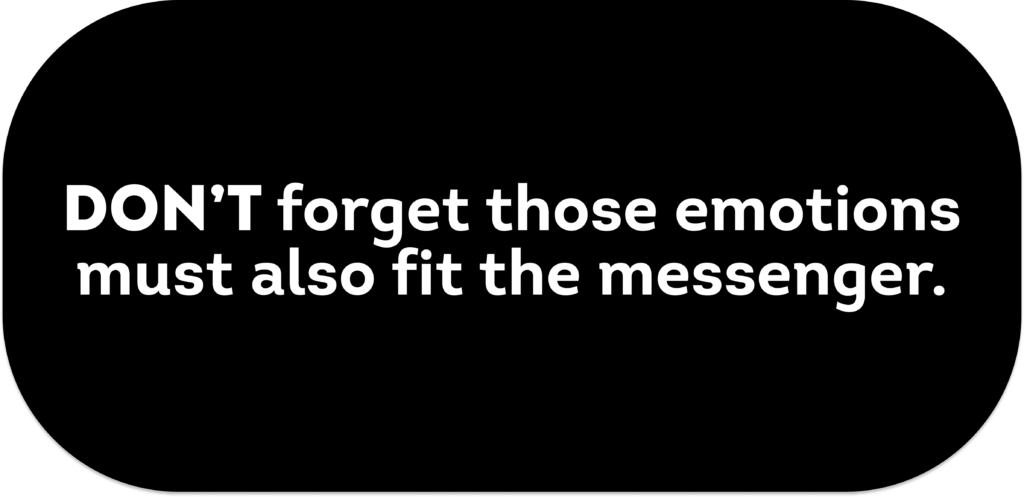
Leading with emotions is crucial. But the real goal is making an emotional connection that matches the moment. That doesn’t mean just mirroring how people are feeling. But it does mean taking their emotional state into account.
And it’s just as crucial to make sure the emotions you invoke don’t ring false in terms of your organization’s voice and personality. The strongest messages fit both the moment and the messenger.
#9.
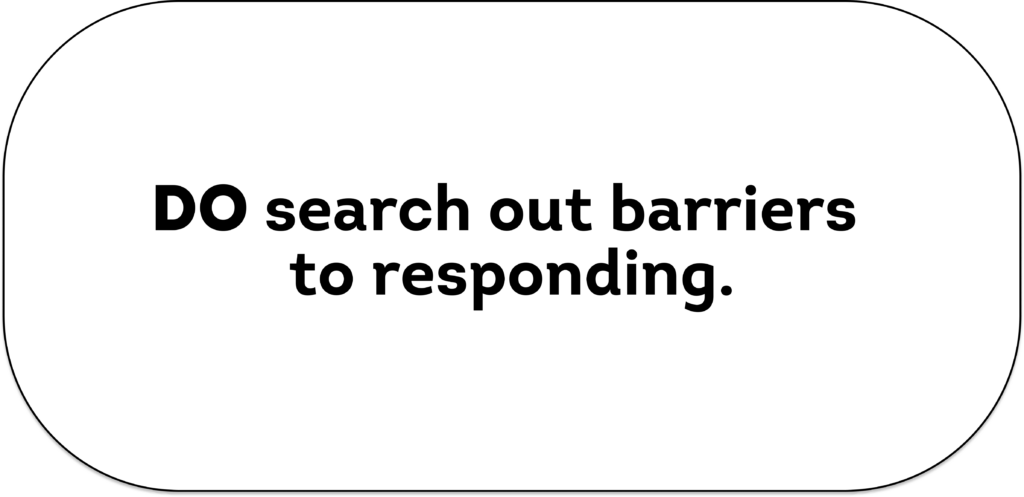
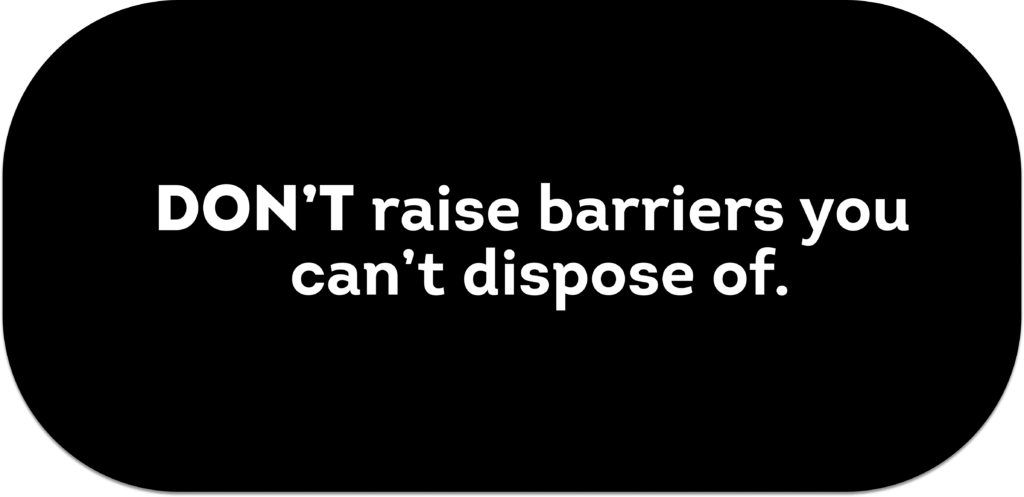
Here’s a critical part of strategic messaging: Identifying obstacles standing between your reader’s general sense of support for your cause and the specific decision to take action. Find the barriers and devise a way to overcome them.
But whatever you do, don’t bring up a barrier you can’t dispose of. Just lead the conversation in another direction. Raising an unanswered obstacle will only put doubts in the reader’s mind.
#10.
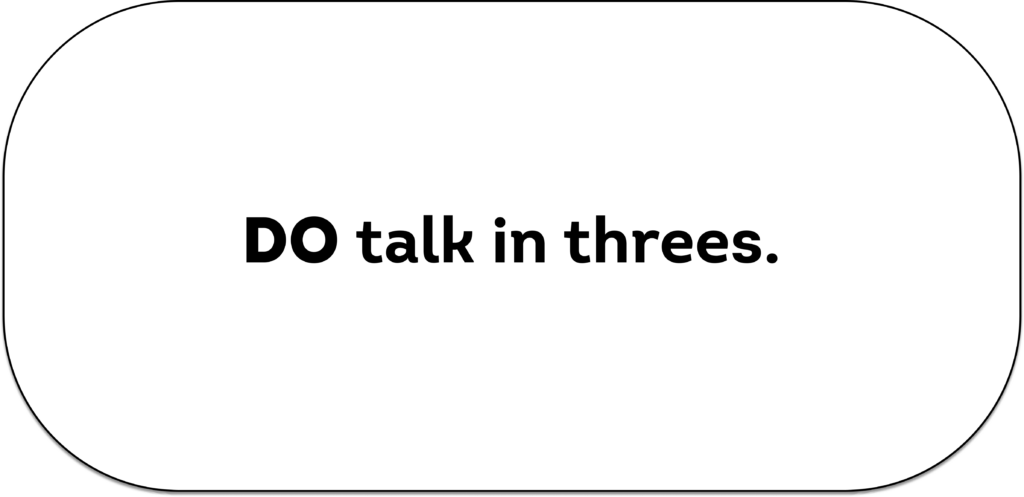
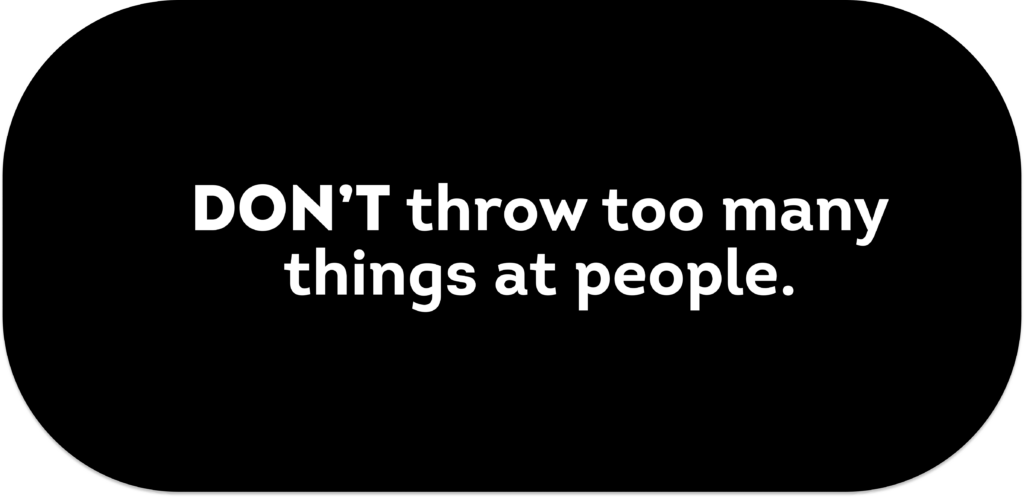
You can paint a picture for your audience and create rhythm for smooth reading by talking in threes. There’s something about threes that our brains like. For example, “Give a young person space to pause, reflect, and dream of their future” works well. But add a fourth or fifth thing and suddenly the story becomes too much to picture.
#11.
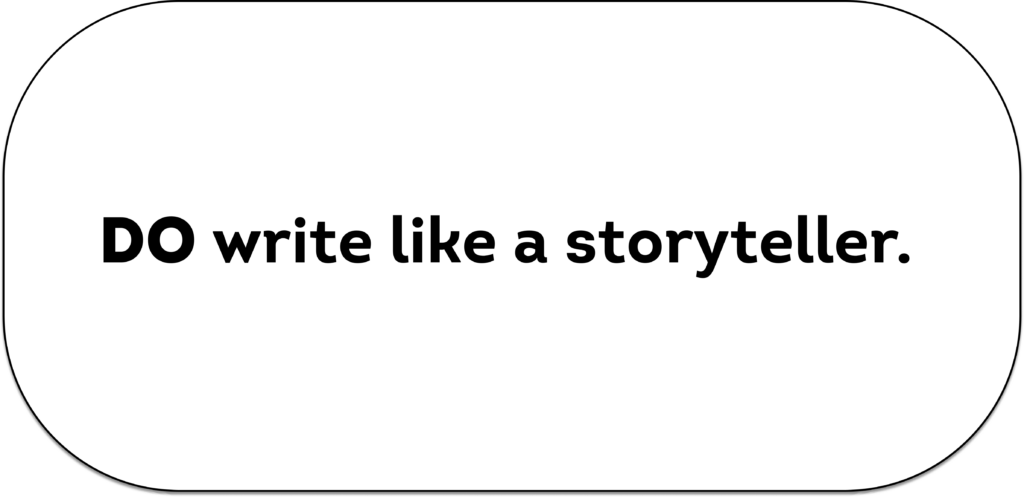
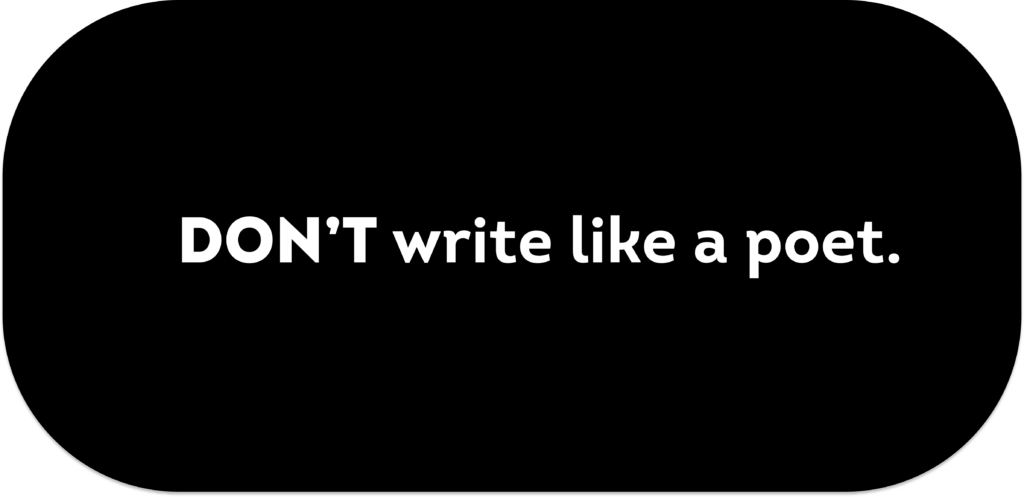
People receive the messages we send as personal communications, not works of art. In most cases, beautiful turns of phrase, poetic imagery and stunning prose can defeat that personal connection.
A more down-to-earth, conversational writing style is almost always the right choice. It protects the authenticity and emotional power of the story you are telling. And that’s the whole point.
#12.


Neuroscientist Matt Johnson proposes this formula: “A good experience + surprise = a great experience.” The same is true of the messages you send. The element of surprise can be sparked by providing your reader with new information, unexpected news or a unique angle of vision.
It can elevate the emotional impact of your message and increase the likelihood that it has the desired impact. Find ways to break through from predictable to surprising.
#13.
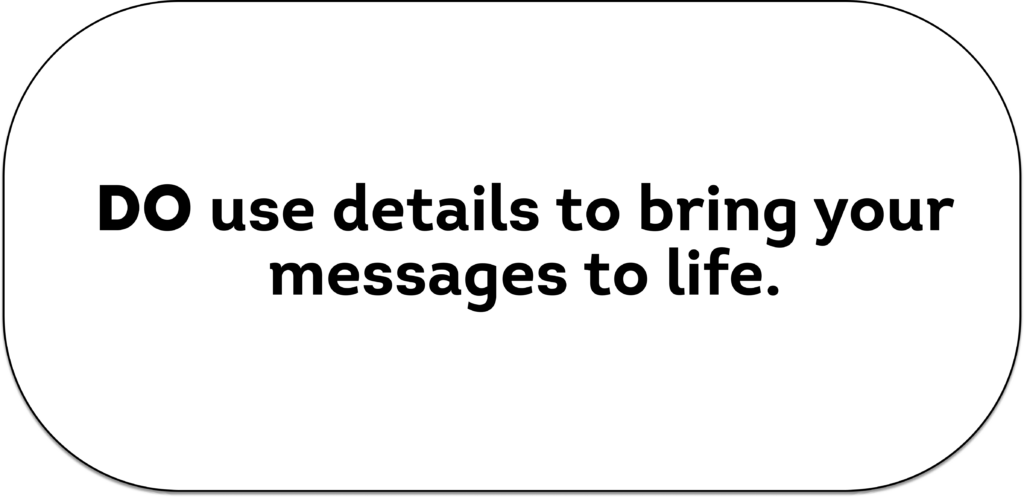
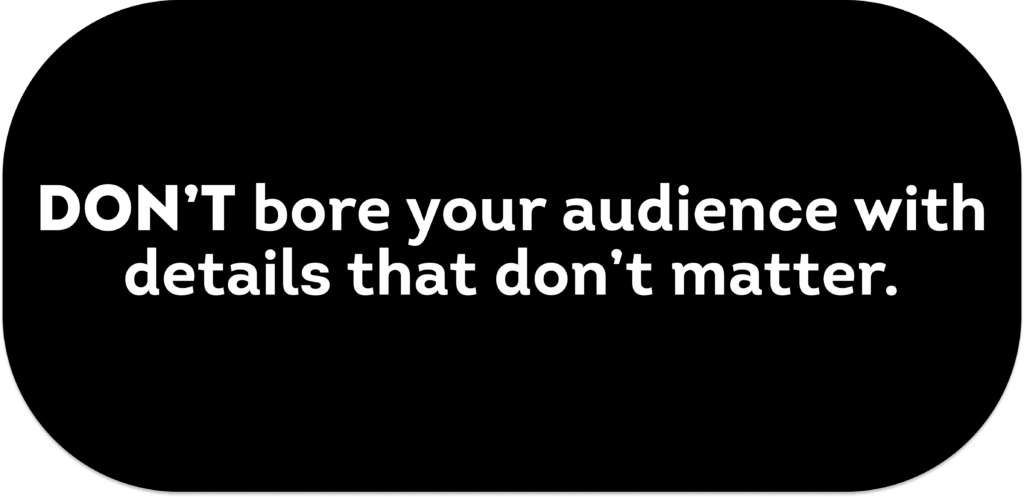
The use of details can be a double-edged sword. Providing clear, compelling details can bring your message to life and make sure it is received as genuine and authentic. But too many details can easily break the rhythm and emotional energy of your message.
Best to remember novelist Elmore Leonard’s writing advice: “Try to leave out the parts that readers tend to skip.”
#14.
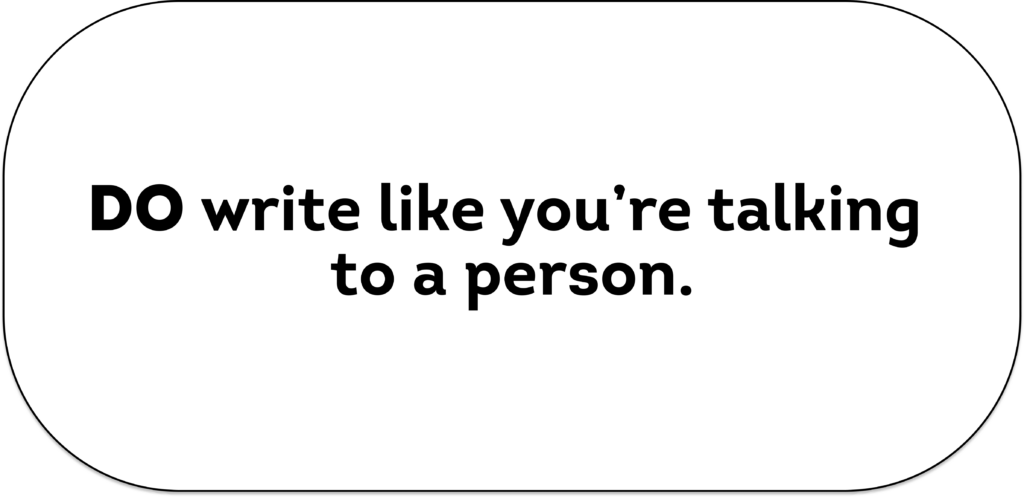
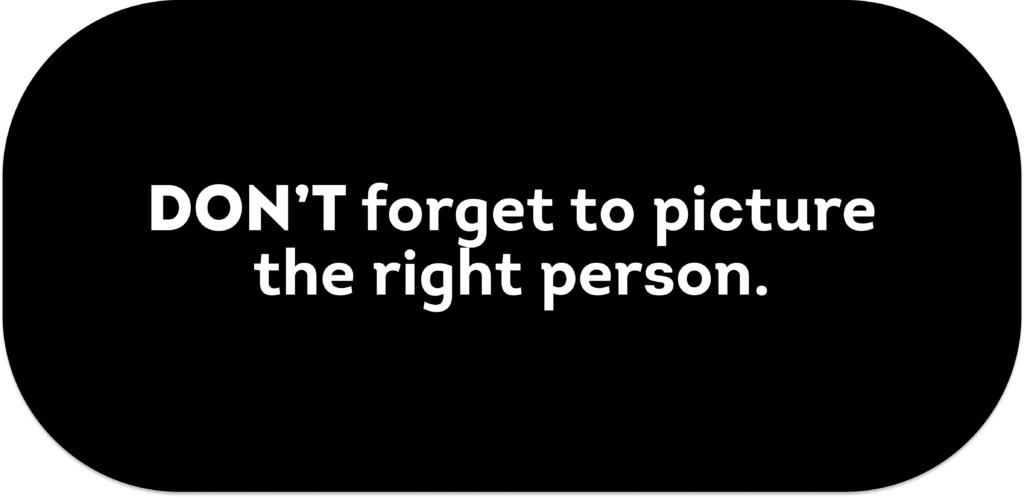
You might already know the tip: “Write like you talk”. But we’d take it a step further to say, picture yourself talking to the right person. For many nonprofits, their donors are aged 65+, so it might not make sense for you to “write like you talk” to a friend if your friends are in their early twenties.
#15.
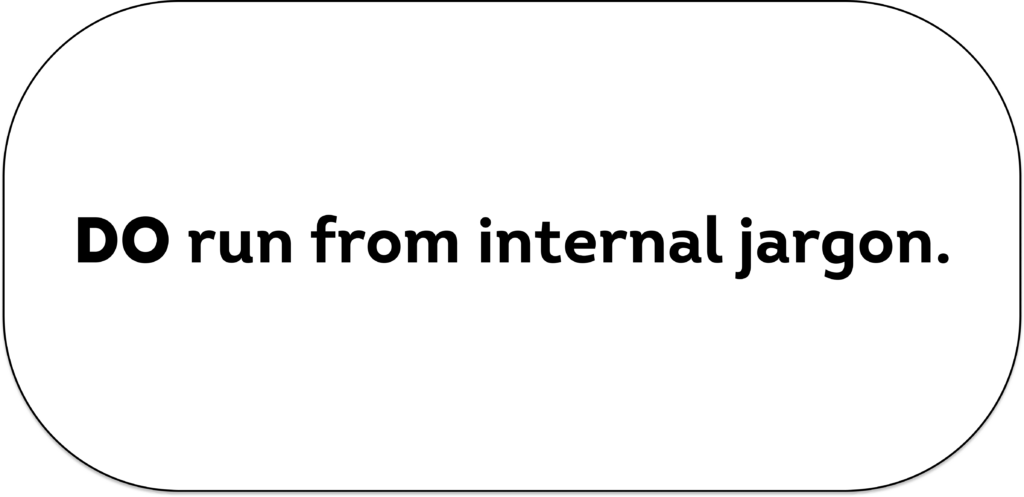
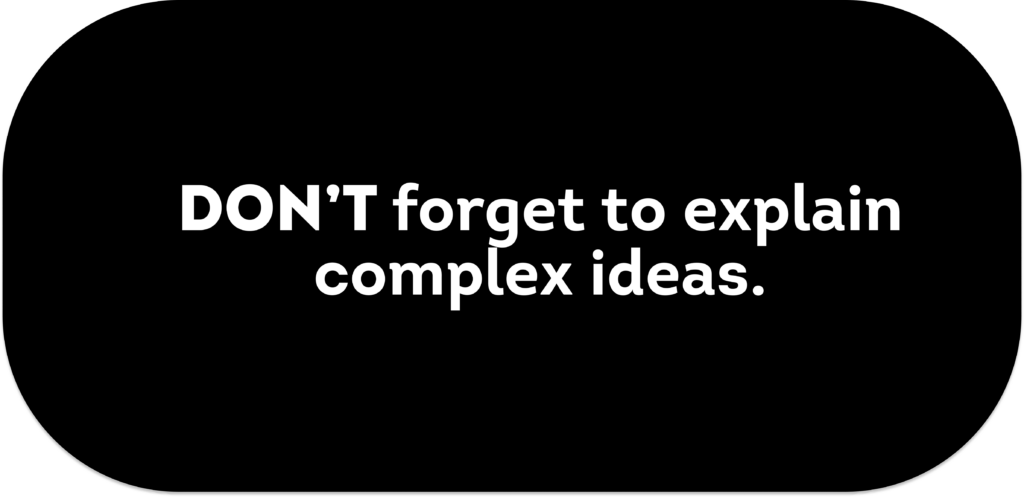
“Program talk” is real in the nonprofit world. Just think how much more powerful fundraising communications can be if donors actually understand what they’re supporting. Our advice is to keep away from internal jargony phrases like “capacity building” – say something like “help people learn skills” instead.
#16.
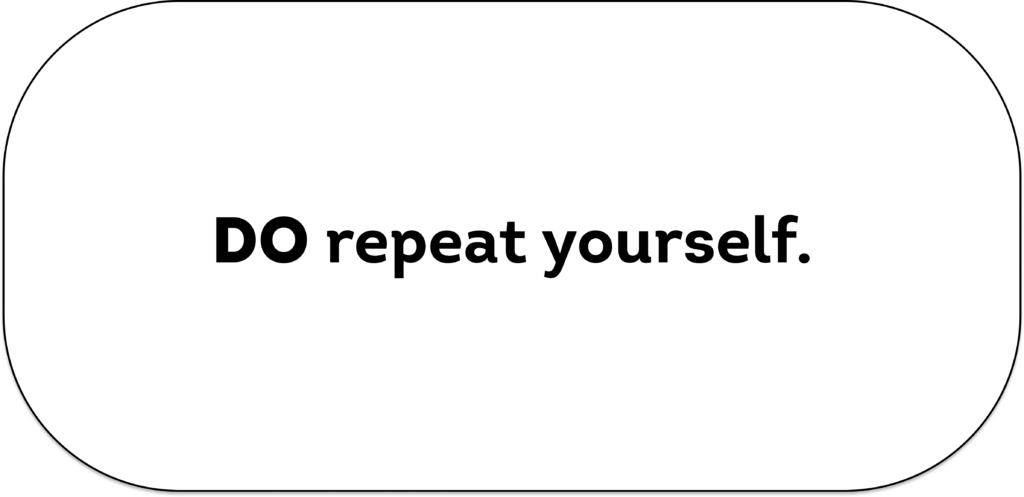
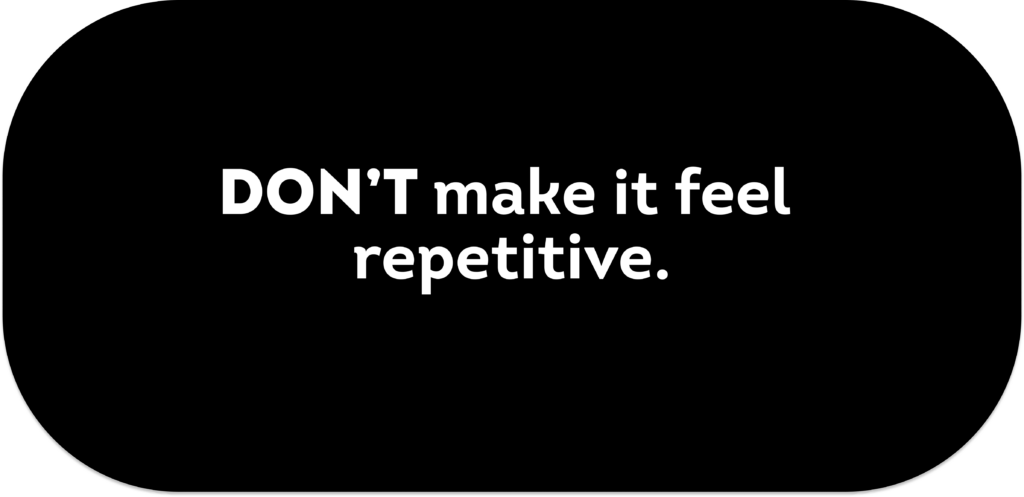
Three reasons to use repetition in your content – people skim read, it’ll make your message more understandable, and it’ll strengthen your call to action. People need to see the same message a number of times before they feel ready to make a decision. But! You have to be careful to repeat your message in a way that doesn’t sound like the same thing over and over. Use different examples or approach the same point from a different angle.
#17.
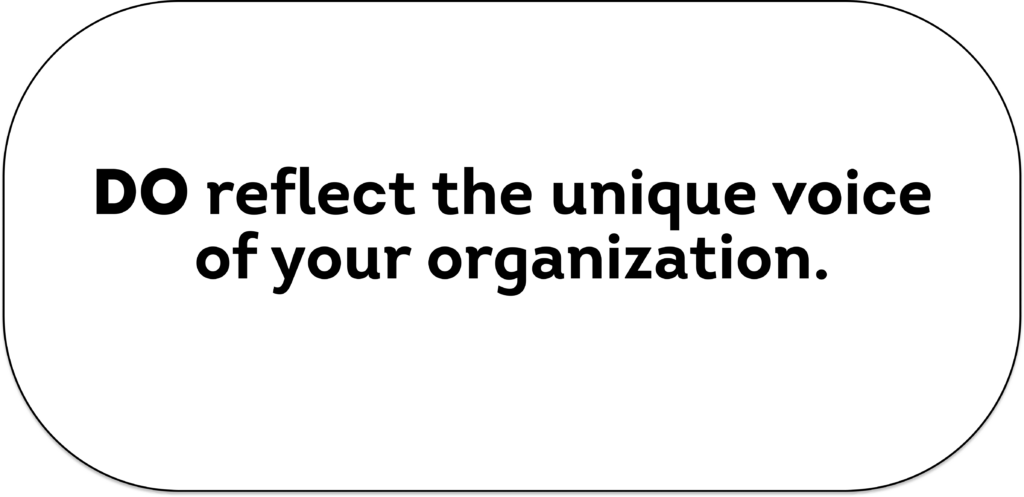
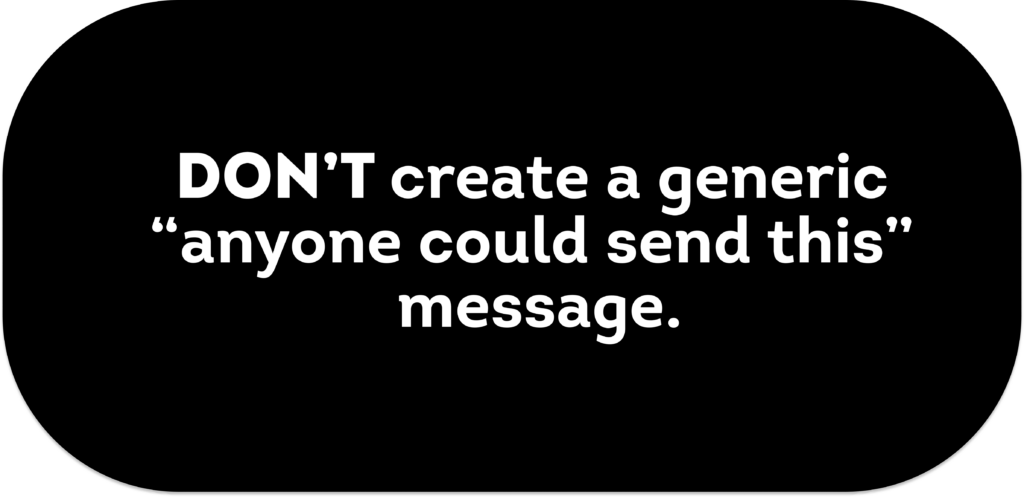
The strongest groups have a clear sense of themselves – a unique voice, a clear organizational position and language that reflect the group’s values and spirit. Your copy should capture those elements.
One way to check: the name change test. Substitute in the name of a similar organization and, if it fits like a glove, you’ve written a generic message, not one suited only to your organization.
#18.
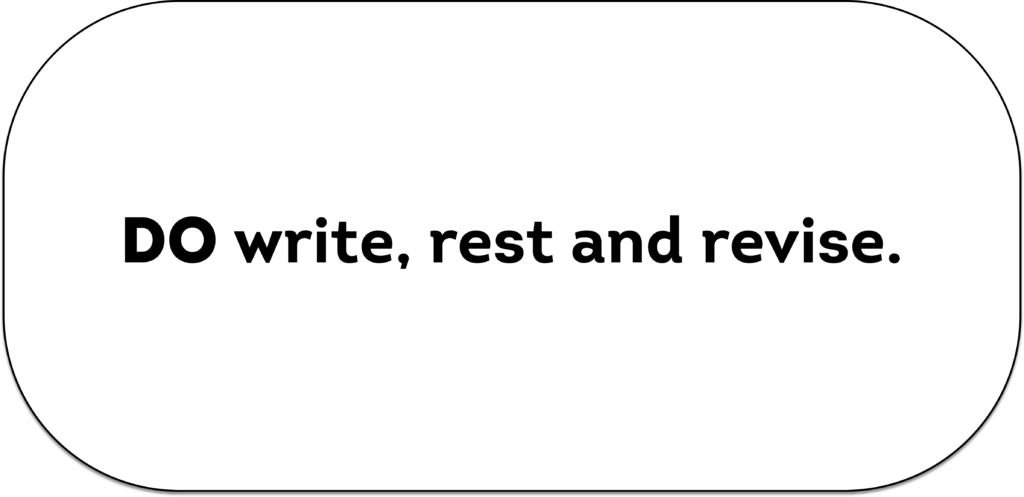
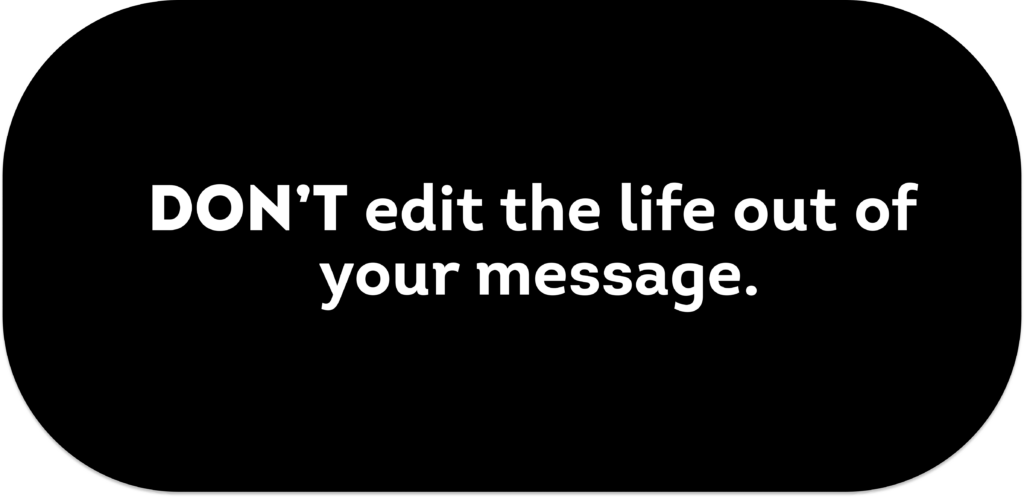
It’s time-honored and solid advice: Write your message, step away from it for a while, then go back and revise it. A round of thoughtful editing is great.
But if you labor over your copy for too long, you are almost certain to break the natural rhythm and energy of your draft. Edit for sure. But don’t let over-editing squeeze the life out of your copy.
#19.

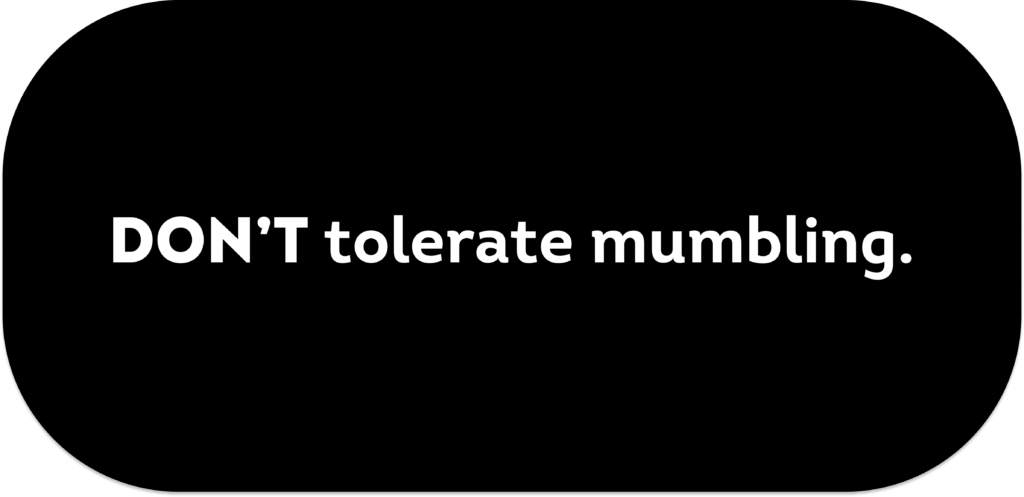
Screenwriter and storyteller Shonda Rhimes puts it this way: “If I can’t say it out loud and it feels like natural conversation, then I know there’s a problem.”
Reading your copy aloud is a great way to identify language that doesn’t quite work, tangents that aren’t necessary, arguments that aren’t persuasive, and places where you are mumbling instead of being clear and compelling.
#20.
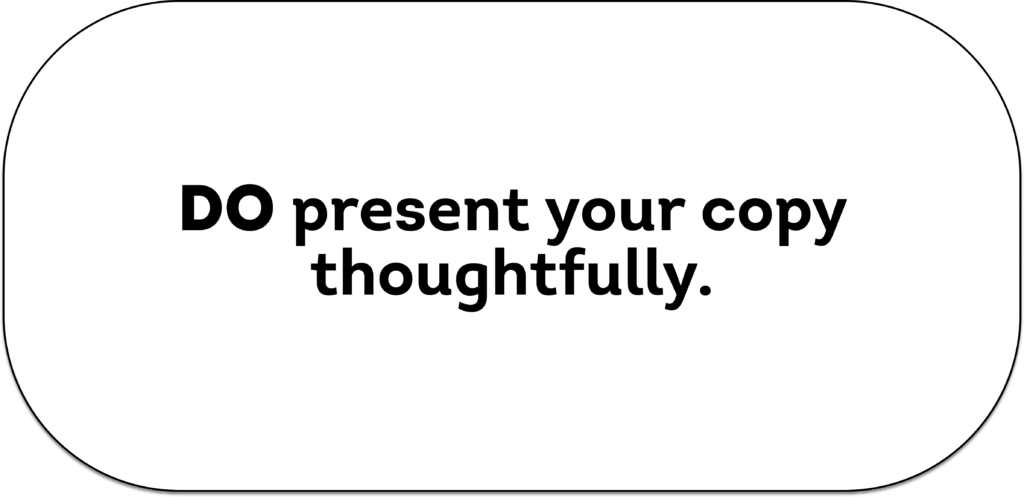
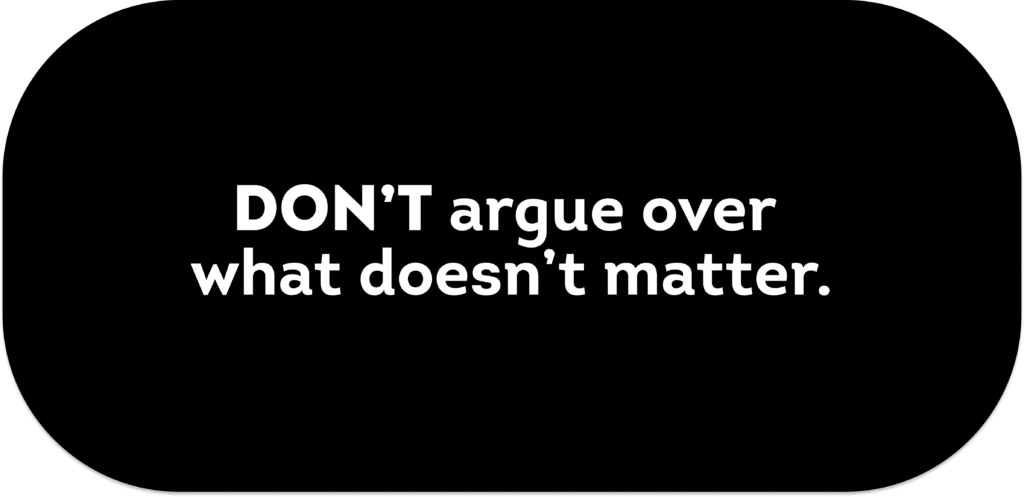
After all the writing is done, there’s the process of copy approval. That goes more smoothly if, instead of “Here’s the draft,” you present your copy with a brief, thoughtful explanation of why you took the approach you did.
And remember, when you get edits back, try to resolve ones that weaken your message. But ignore ones that are harmless beyond offending your ego.





